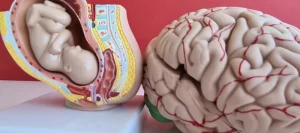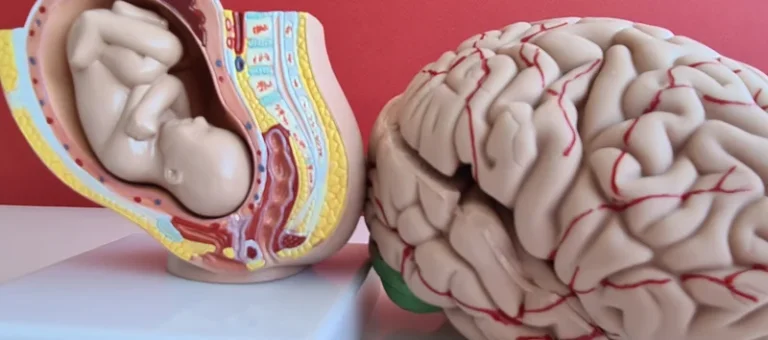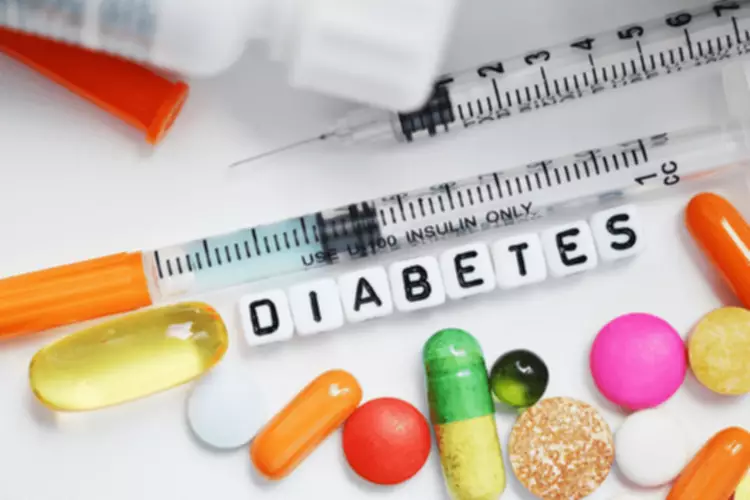And you can shift from the downward spiral of alcoholism and toward the upward trajectory at any point. If you can identify with one or two stages, please understand that alcoholism is a progressive disease. People rarely spend an indefinite time in the early stages of alcoholism; it almost always progresses eventually.

Get Help With Alcohol Addiction
The early stage of alcoholism is marked by a shift from casual alcohol use to patterns of consumption that may signal the beginnings of an alcohol use disorder (AUD). During this stage, individuals may engage in social drinking or experiment with alcohol. While occasional use is generally considered normal, the development of tolerance and an increase in the frequency of binge drinking are warning signs. Recognizing these early signs is crucial as it can significantly increase the chances of successful recovery if addressed promptly.

The Stages of AUD
Because of the severity of the disease, medically monitored alcohol detox is a necessity. Between 3 and 5 percent of people withdrawing from alcohol develop grand mal seizures and severe confusion, known as delirium tremens. Delirium tremens symptoms typically begins about three days after other withdrawal symptoms start. It usually lasts for between two and three days, and it can be fatal.
Making a stage 5: recovery
While end-stage alcoholism is a dire situation, it’s not a hopeless one. Late-stage alcoholics can get better if they seek treatment, and some of their health problems can even be reversed if caught early enough. Some chronic alcoholics develop a condition called Wernicke-Korsakoff syndrome, which results from a thiamine (vitamin B-1) deficiency. The condition, which is sometimes called wet brain, is characterized by eye movement disorders, loss of muscle coordination, confusion and memory issues. It affects more men than women and is fatal 10 to 20 percent of the time. The end-stage alcoholic suffers from a host of physical problems, including severe damage to vital organs such as the liver.
When an individual reaches this stage of the cycle, alcohol becomes their sole focus. Everything in their life revolves around drinking at the expense of their health, relationships, and jobs. If the person cuts back or stops drinking during this stage, they can experience side effects such as tremors and hallucinations. Help via therapy and detox can help the individual navigate these symptoms safely to begin to live without alcohol. While each person is unique, there are some typical stages that many struggling with drinking go through.

When the individual does not consume alcohol regularly, they may experience withdrawal symptoms and intense cravings. This stage is characterized by the individual’s increased tolerance to alcohol and the presence of withdrawal symptoms when not consuming. The transition from early to chronic alcoholism is marked by a shift from voluntary to compulsive drinking habits, often leading to significant physical, psychological, and social consequences. Heavy drinking poses many long-term health risks, including liver damage, brain damage, heart disease, malnutrition, and mental health disorders, including an increased risk of suicide. At Rockland Treatment Center, we understand how consuming addiction is and how intimidating it is to take the first step to a better life. Just like with all other major disorders, there are stages of alcoholism that progress over time.
- Medical writing support was provided by Avery Mohan of Medicus Economics, LLC, and funded by Madrigal Pharmaceuticals.
- Overall, a personalized approach that considers the individual’s unique needs, including any co-occurring disorders, is essential for effective alcohol addiction treatment.
- A total of 14,806 unique patients met the study eligibility criteria and were included in the overall sample (Table 1).
- It offers insight into drinking behavior as well as the intervention and treatment strategies that can help.
- Constant alcohol cravings control thoughts, and even small quantities of alcohol can’t offer the same level of satisfaction as before.
The Most Common Mental Health Disorders
- Recovery from chronic alcoholism is a challenging but achievable goal, and early intervention can significantly improve outcomes.
- The late stage of alcoholism represents a severe and advanced form of alcohol use disorder.
- Alcohol abuse treatment programs teach people how to move into an alcohol-free lifestyle while teaching them healthy coping strategies.
- The changes can endure long after a person stops consuming alcohol, and can contribute to relapse in drinking.
- As alcohol consumption increases, the liver adapts to break down alcohol more quickly.
Morton Jellinek in the 1950s, the Jellinek Curve describes and details these, illustrating how alcoholism progresses for most of those with the disease. The chart also shows how alcohol addiction becomes a vicious cycle that continually repeats unless the person attempts to break the cycle by seeking help. Alcohol addiction, like many types of substance abuse, does not happen overnight. While there is some evidence that addiction has a genetic component, it is not contagious.

The most well-known is Alcoholics Anonymous (AA), a 12-step program that has helped countless individuals maintain sobriety. However, there are other options like Narcotics Anonymous (NA) for those with multiple substance dependencies and non-12-step groups such as SMART Recovery and Secular Organizations for Sobriety. Online support groups have become increasingly popular, offering flexibility and anonymity, although they may lack the personal connection of face-to-face meetings. The Substance Abuse and Mental Health Services Administration (SAMHSA) provides resources for finding local and online support groups. It also includes the journey of alcohol addiction and into recovery. He outlines the ways people can recover from their problematic drinking behaviors.
While every person’s alcohol addiction is unique, alcohol affects people in similar ways. Most people with an alcohol use disorder progress through three typical stages. These medicines can help five stages of drinking reduce the negative side effects of detoxification and withdrawal. The primary symptoms of stage four include all-consuming alcohol use, health problems, and dangerous withdrawal symptoms.

Tinggalkan Balasan